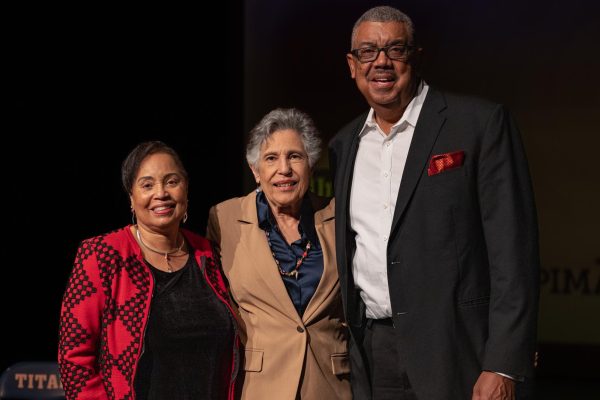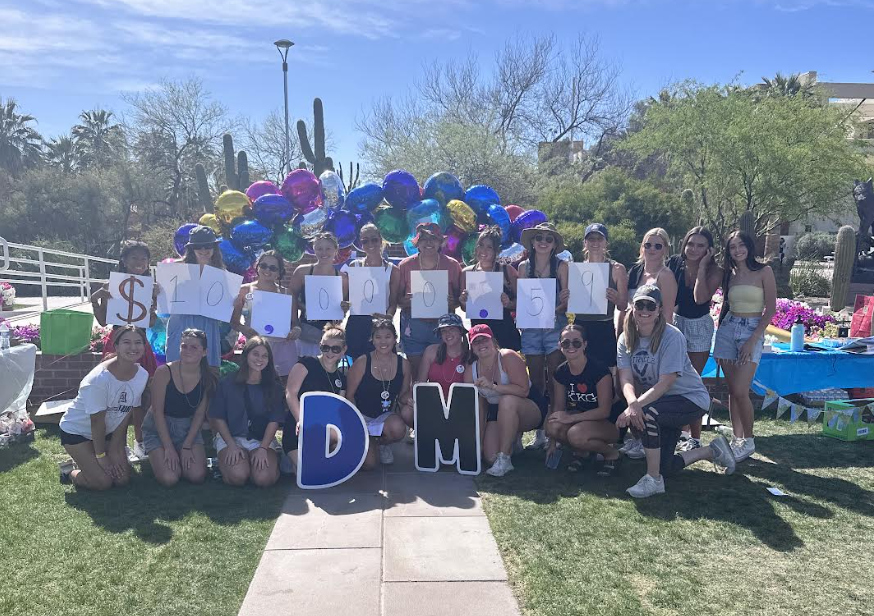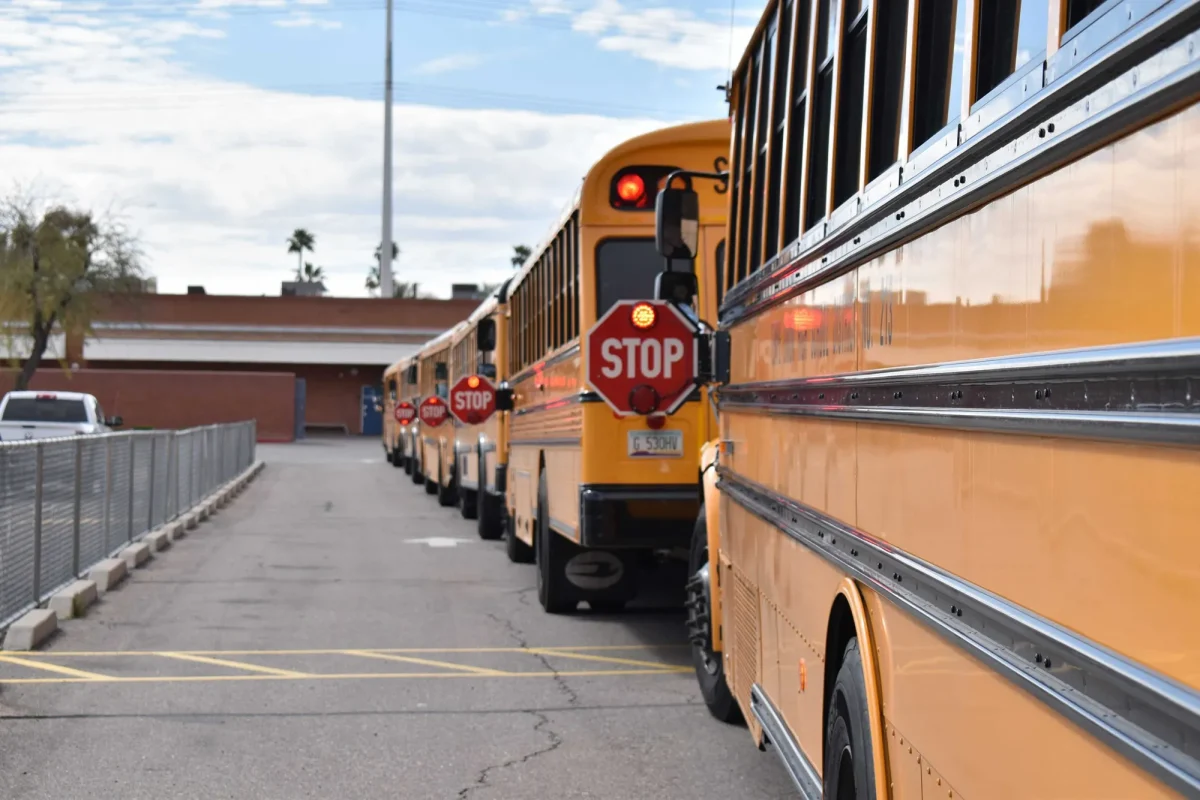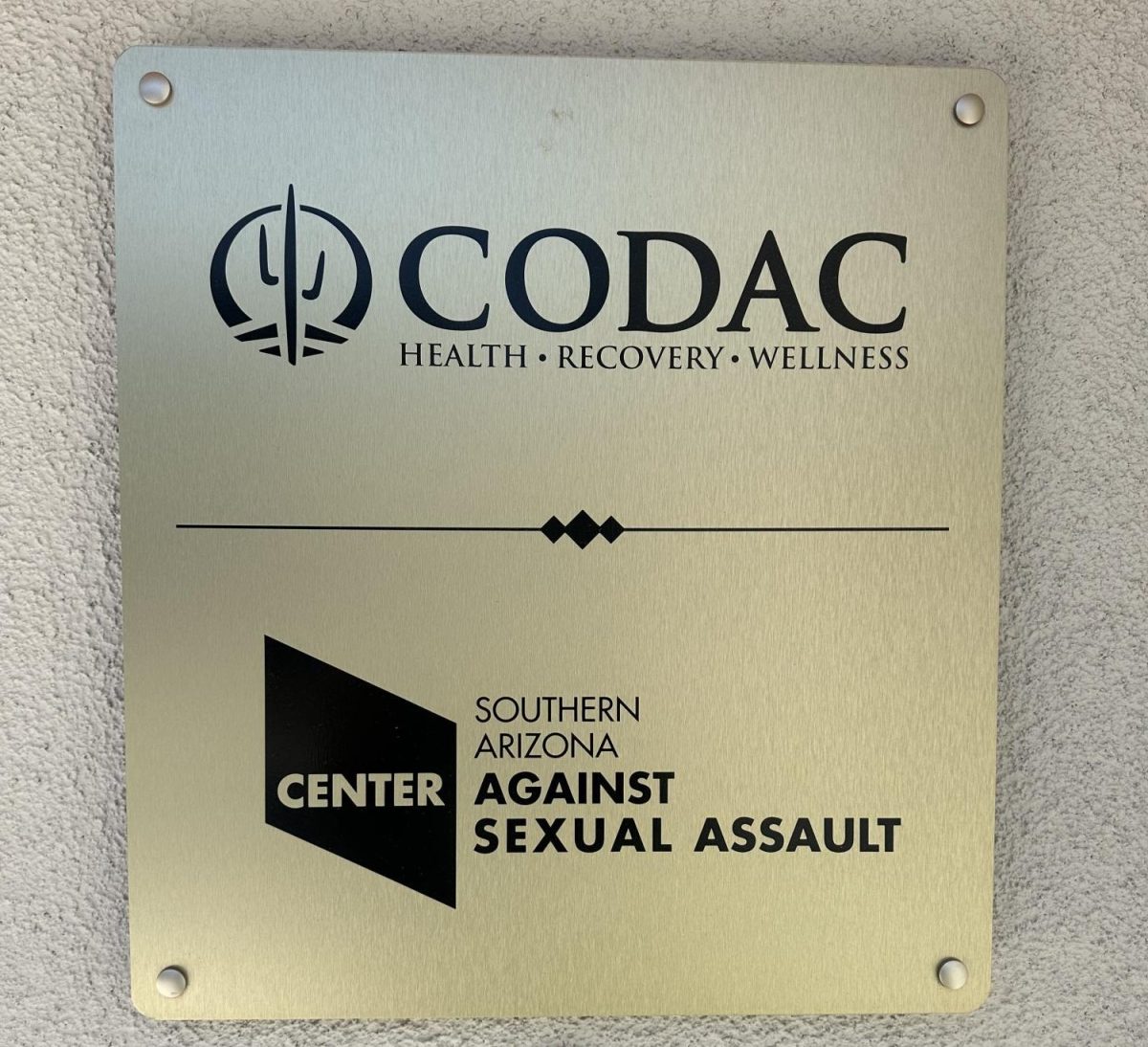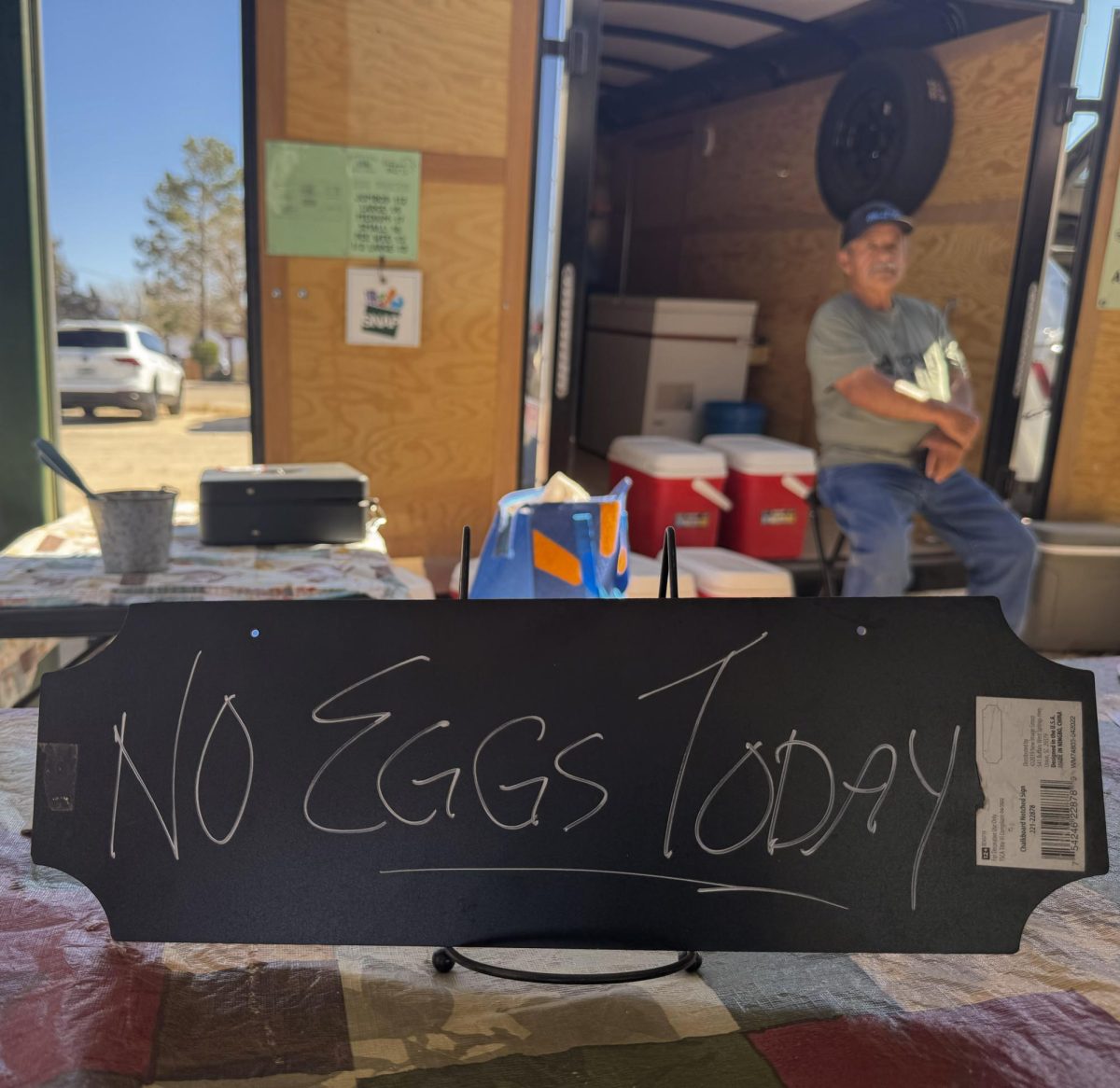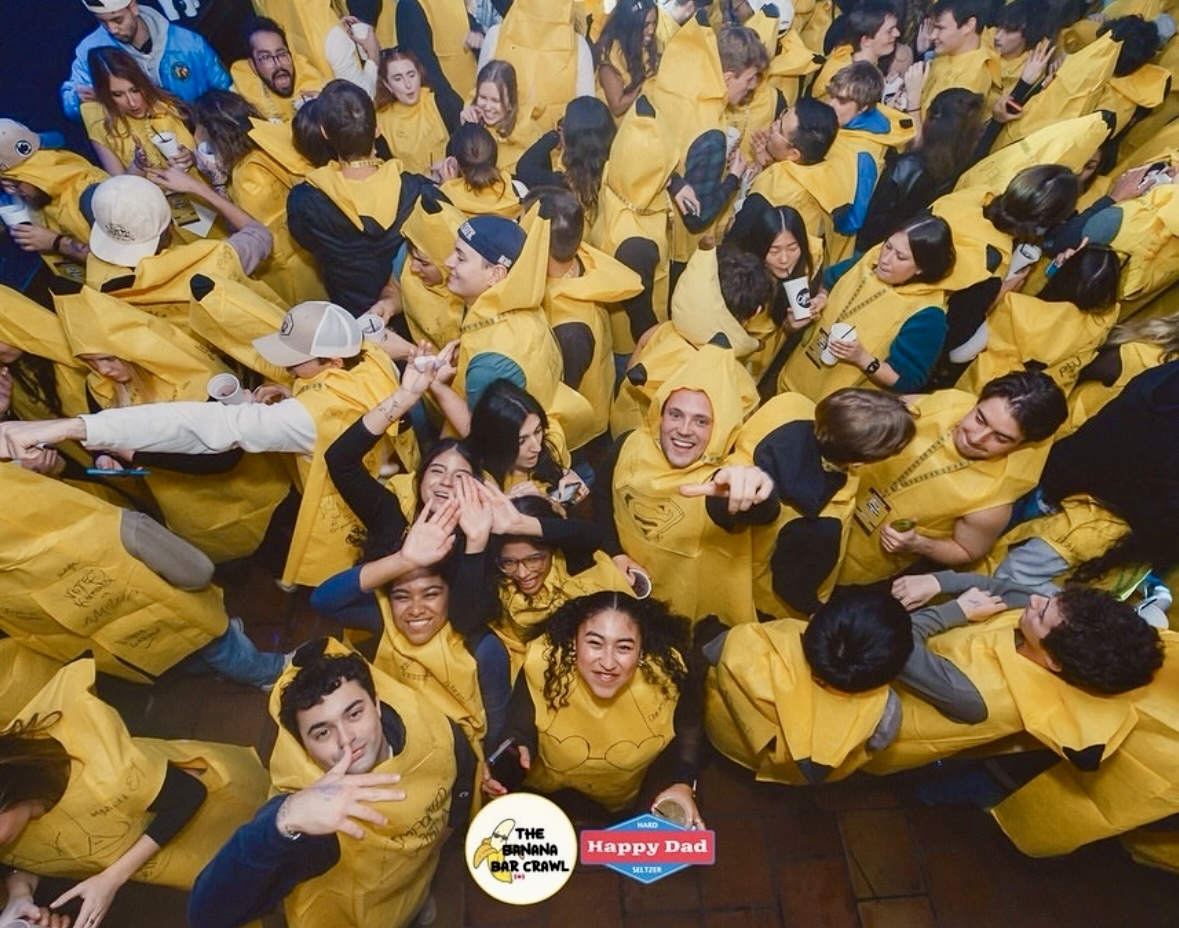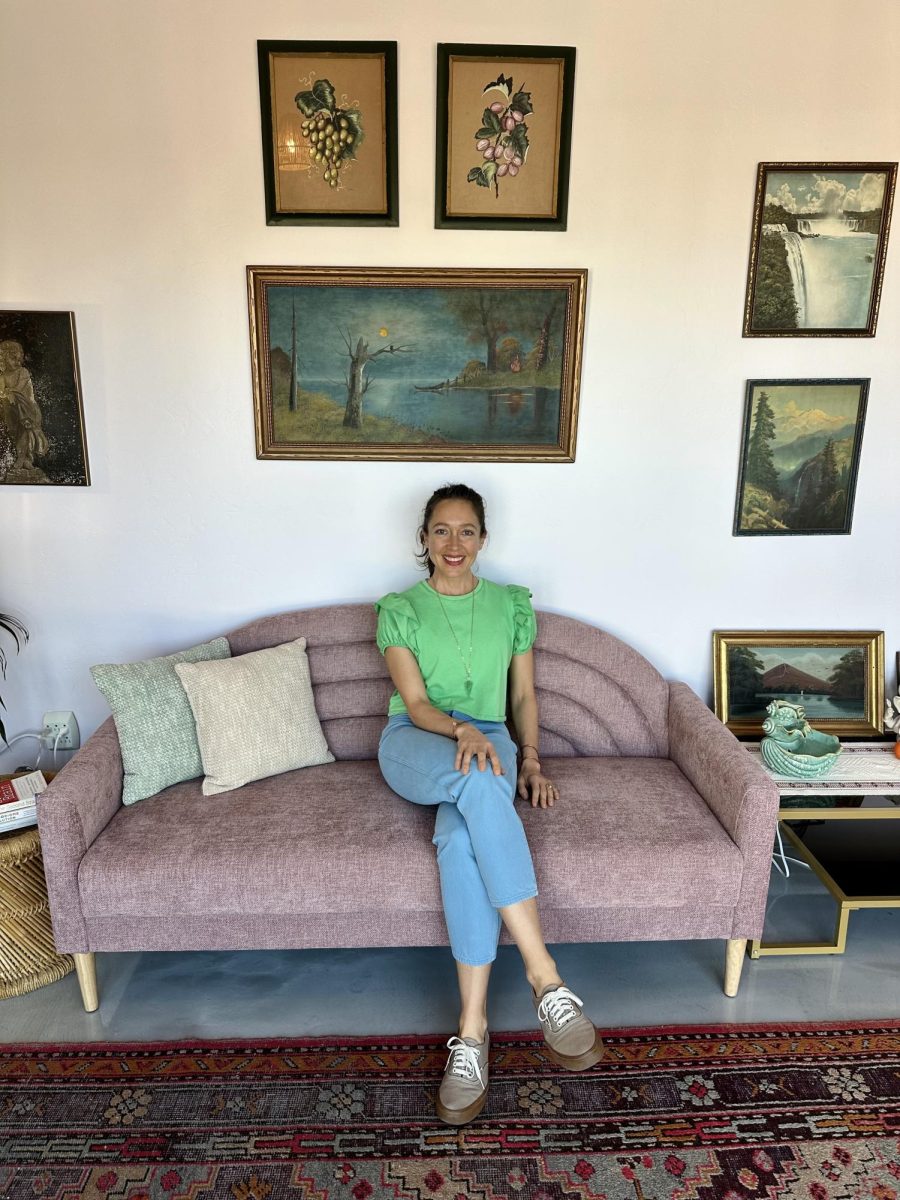In a powerful celebration of Black History Month, Carlotta Walls LaNier, the youngest member of the historic Little Rock Nine, stood before a captivated audience at Palo Verde High School on Friday, Feb. 9. With her acclaimed memoir, “A Mighty Long Way: My Journey to Justice at Little Rock Central High School,” in hand, LaNier shared her remarkable journey and resilience in the face of adversity alongside Bob Elliot, co-founder of the African American Museum of Southern Arizona.
“Tonight, around 10:30 in 1960, my home was bombed,” LaNier solemnly recounted, drawing a collective hush from the audience. It was the first bombing directed at one of the students. Her words carried the weight of the past, a stark reminder of the violent opposition faced by those who dared to challenge segregation and inequality.
Despite the attack, LaNier continued to attend the Little Rock high school.
The Feb. 9 event, in celebration of Black History Month, served as a poignant reminder of the struggles and triumphs that have marked the African-American experience. Even after the bombing, LaNier said, she kept pursuing education, showing the same resilience as the other members of the Little Rock Nine.
Minnijean Brown, Terrance Roberts, Elizabeth Eckford, Ernest Green, Thelma Mothershed, Melba Patillo, Gloria Ray, Jefferson Thomas, and Carlotta Walls were the first African American students to enter Little Rock’s Central High School.
LaNier graduated on May 30, 1960. Her parents gave a little party for her and her classmate Thomas, and “the next morning, I caught the first thing smokin’ out of Little Rock, vowing never ever to return.”
Six years later, her grandfather passed, and she went back. “I was very uncomfortable, she recalled”
After 40 years, LaNier suggested they start a foundation so they could control the narrative of Little Rock Nine.
“Between the 30th and the 40th (anniversary) is when I really recognized how people were using us, and I didn’t like that, personally, she said.”
The foundation started giving out scholarships at Central and eventually, around the 50th anniversary, opened it up for the whole country.
“We gave out over $800,000 worth of scholarships over the years, ”LaNier told the Tucson audience.
The foundation is now overseen by the Clinton School of Public Service.

Addressing the audience, LaNier expressed admiration for the Tucson community support.
“I’m really in awe of what you have done with the help of this community, this city, what they need, especially for your museum, She said.
Co-founded by Beverly and Bob Elliot, the African American Museum of Southern Arizona, housed in Room 244 of the Student Union Memorial Center, opened last Jan. 9. The museum includes exhibits about influential African Americans in Southern Arizona and significant movements and moments in African American history.
The Elliots also plan to offer K-12 programs that help the next generation understand the contributions African Americans have made to Tucson and beyond.
